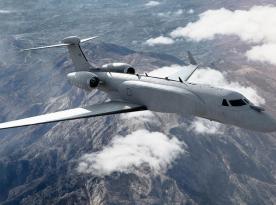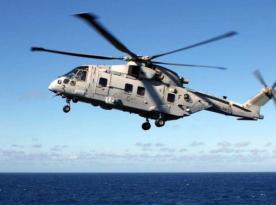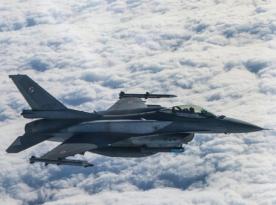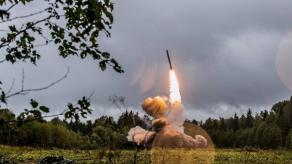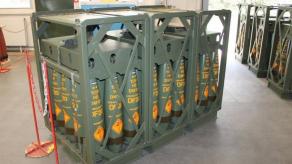Much has been said about the technological aspects of Ukraine's unique attack on russian strategic aviation airfields on June 1, 2025, and now it's time to talk about the operational facet of this extraordinary operation. Especially since some analytical institutions have already begun to rethink this large-scale strike on russian Tu-95MS and Tu-22M3 bombers in this vein, offering their perspectives.
For example, CSIS in its new post looks at Operation Spider Web as an interesting form of implementing the McRaven's playbook, formulated back in 1993. The expert notes that the successful Ukrainian raid on russian airfields is "a reminder of the enduring utility of special forces during large-scale conventional conflict as well as a call to arms to further help Kyiv deny russia the ability to sustain a coercive air campaign designed to break Ukraine’s will."
Read more: SSU Releases New Footage of Drone Strikes on russian Airbases (Video)
Panoramic footage shows Russian Tu-160 bombers parked at Russia’s Belaya Air Base, hit yesterday by Ukraine.No confirmed damage, but fire marks near one bomber raise questions. pic.twitter.com/Z303KiSp2E — Clash Report (@clashreport) June 2, 2025
Then, they proceed to explain that the concept coined by Admiral William McRaven was introduced in his 1993 master's thesis at the Naval Postgraduate School. It described the principle of "relative superiority," where relatively smaller special forces achieve critically important results in major campaigns.
To illustrate his idea, the admiral referenced a few historical cases, including the raid by British commandos on the docks in German-occupied Saint-Nazaire during Operation Chariot, the Wehrmacht's landing operation in 1940, which ended with the rapid fall of the powerful fort Eben-Emael in Belgium, Operation Source in 1943 involving attacks by ultra-small submarines on the German battleship Tirpitz, and the Israeli raid on Entebbe, Uganda, in 1976.
In other words, all were special forces operations targeting specific targets, be it a large surface ship, submarine infrastructure, fortifications, or saving hostages at the airport. Based on these examples, Admiral McRaven surmised a theory that "through speed, surprise, and tailored tactics at a pivotal moment in an engagement, these teams could generate disproportionate combat power," as summarized by CSIS.
In Ukraine's case, McRaven’s "relative superiority" manifested in a meticulously prepared, highly effective attack on russian long-range aviation. It generated two important ripple effects at once. First, the strike itself became a notable achievement as part of Ukraine's much broader defense efforts to reduce russia's capabilities to launch one-sided strikes on its territory.
Satellite images of the Belaya airbase in Irkutsk attacked yesterday by Ukraine.Three Tu-95MS destroyed, another damaged.Four Tu-22M3s were possibly destroyed. The losses at one airfield alone amounted to 8 strategic bombers. pic.twitter.com/XK6HuCdHRG— Clash Report (@clashreport) June 2, 2025
Second, it further consolidated the role of FPV drones as weapons of asymmetric warfare, even for such unexpected tasks as countering enemy aviation. Lastly, in the context of domestic security, Washington-based CSIS warns that the United States allies will need to urgently strengthen the protection system at their air bases, especially against the growing threat from UAVs of all kinds and types.
Read more: How Many Years and Billions russia Will Need to Restore Tu-160, Tu-95MSM and Tu-22M3 Losses in Ukrainian Operation





